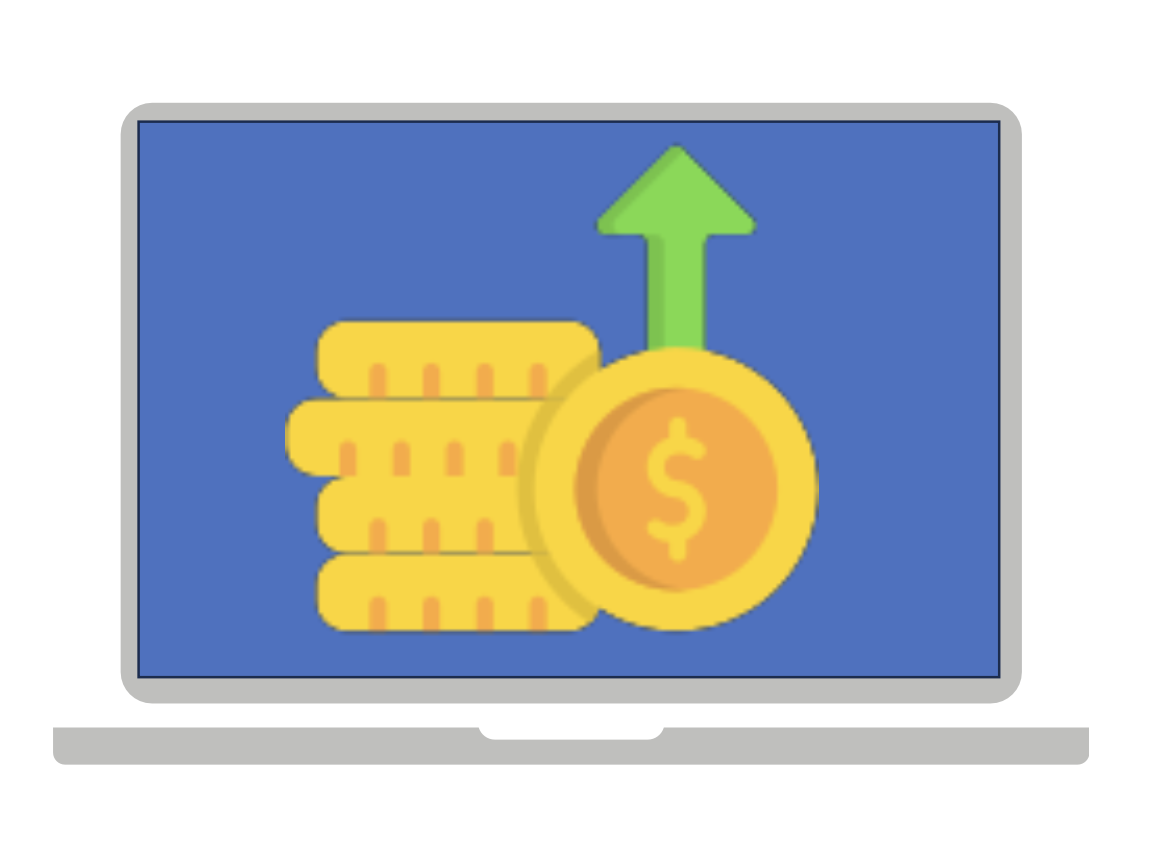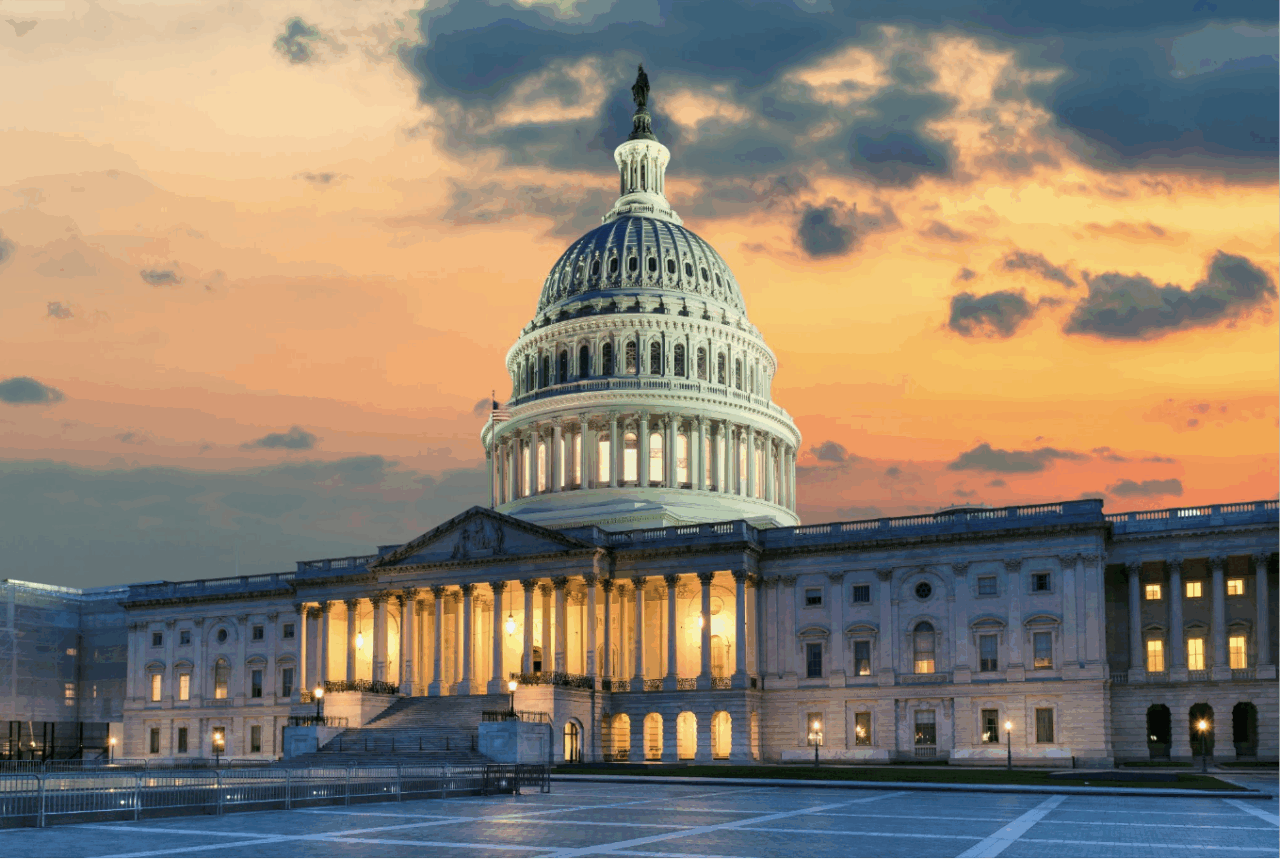Poll: The Economy and Tariffs
Perceptions of the Economy
Americans remain sour on the economy with 63 percent rating the U.S. economy negatively — a slight improvement from May when 70 percent said the same. Still, only a third (34 percent) rate the economy positively, including just 19 percent of independents.
A 53 percent majority feel behind where they thought they would be financially, with over a quarter saying they feel “far” behind (28 percent). An identical majority (53 percent) express uneasiness with their personal financial situation over the next few months, with a quarter also saying they are “very” uneasy (26 percent). Half of Americans say that in the last month they have been unable to save as much as they’d like (50 percent) or that they have had to cut back on recreational activities (48 percent).
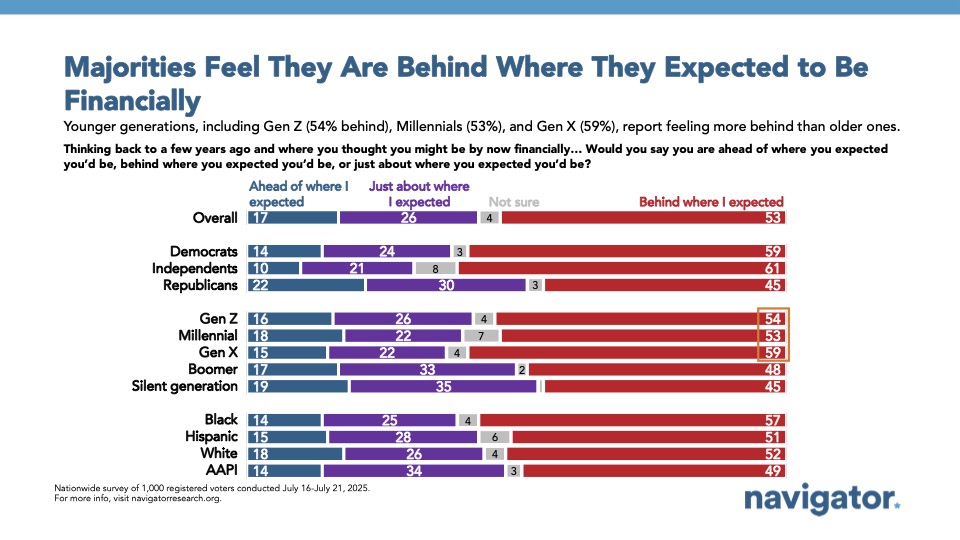
Americans are feeling this pain most in the cost of groceries, with 79 percent saying costs are going up and 42 percent saying costs are going up “a lot.”
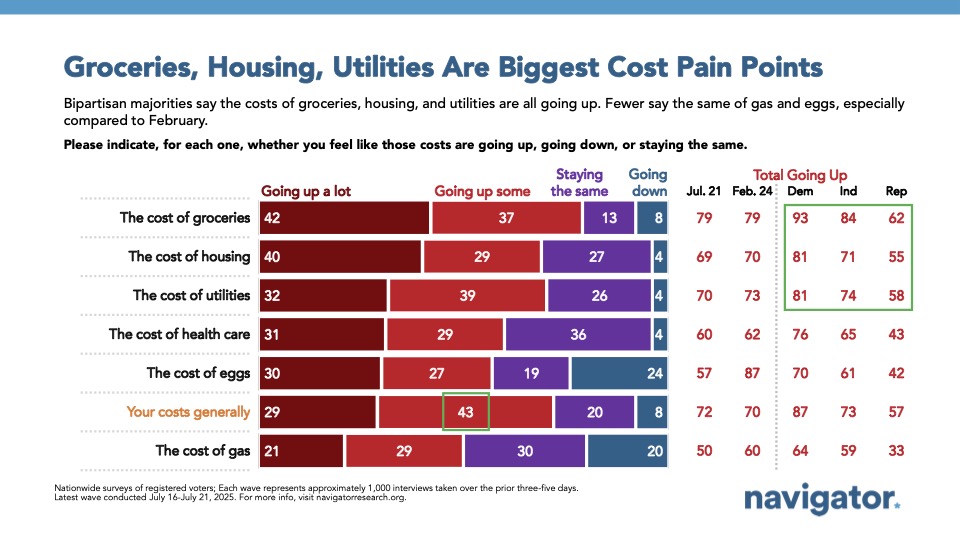
As a result, 42 percent of Americans say that they have had to cut back on purchasing daily goods, such as groceries, in the last month. The cost of housing is another acute source of economic pain, with 70 percent saying costs are going up and 32 percent saying that costs are going up “a lot.”
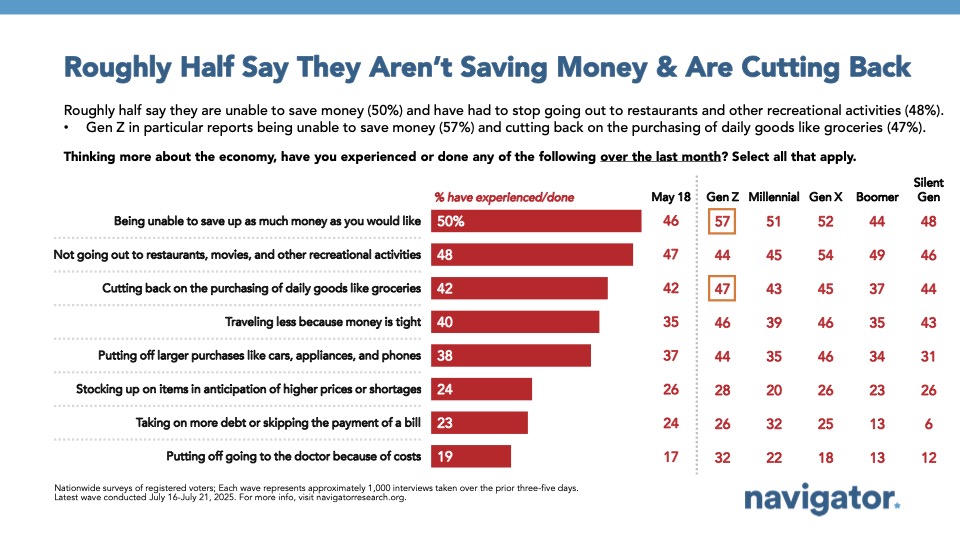
Trump’s Economy
A majority of Americans attribute the current state of the economy to President Trump rather than Biden (52 percent Trump – 24 percent Biden), a 9-point increase since mid-March.
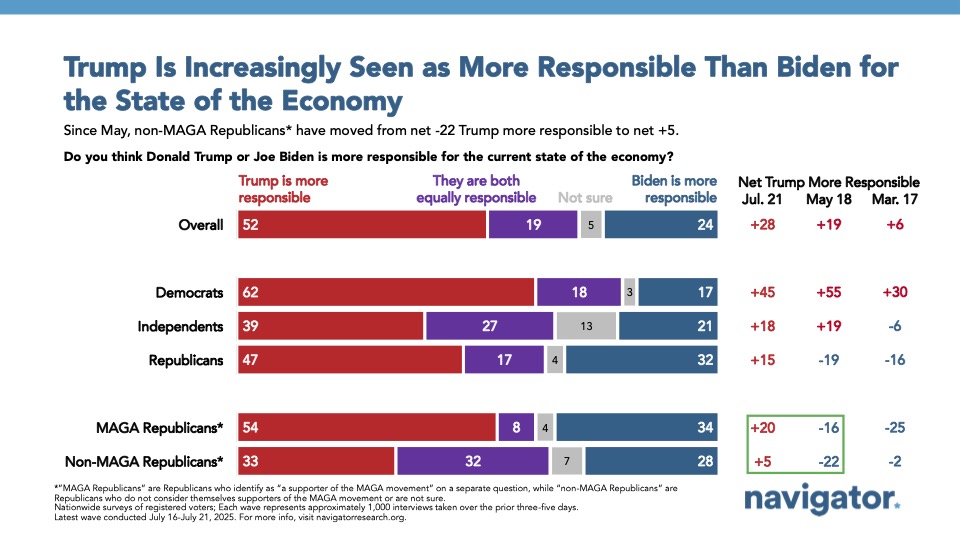
President Trump’s economic approval has been underwater since early April (net -13) when the first wave of new tariffs was announced and now sits at net -10 (43 percent approve – 53 percent disapprove).
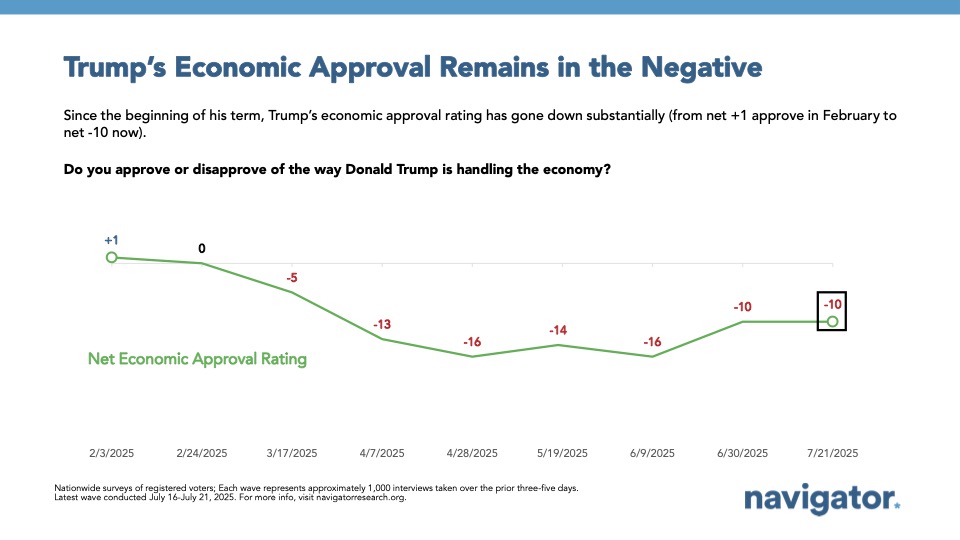
A 55 percent majority oppose Trump’s tariff plan and think it is causing chaos, damaging the economy and raising costs (53 percent).
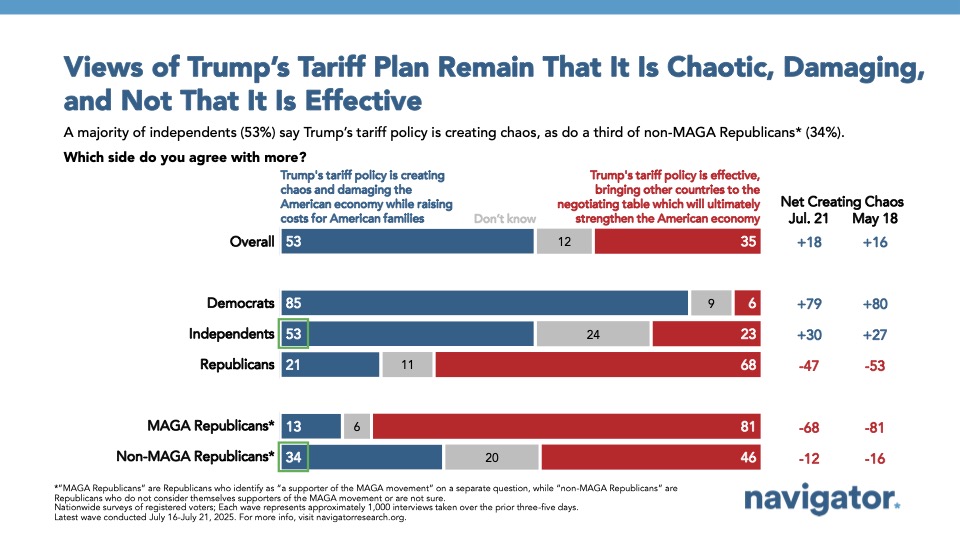
More than half (54 percent) point to Trump’s tariffs as the top reason for rising costs.
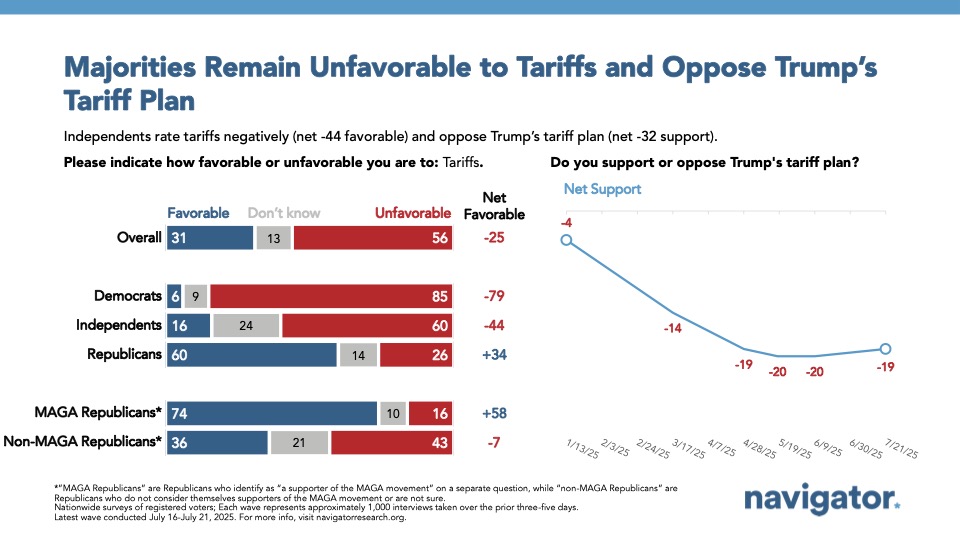
This is followed by corporate price gouging (27 percent). Those who approve of Trump’s handling of the economy blame corporate price gouging (41 percent) for an increase in costs and 20 percent blame Trump’s tariffs.
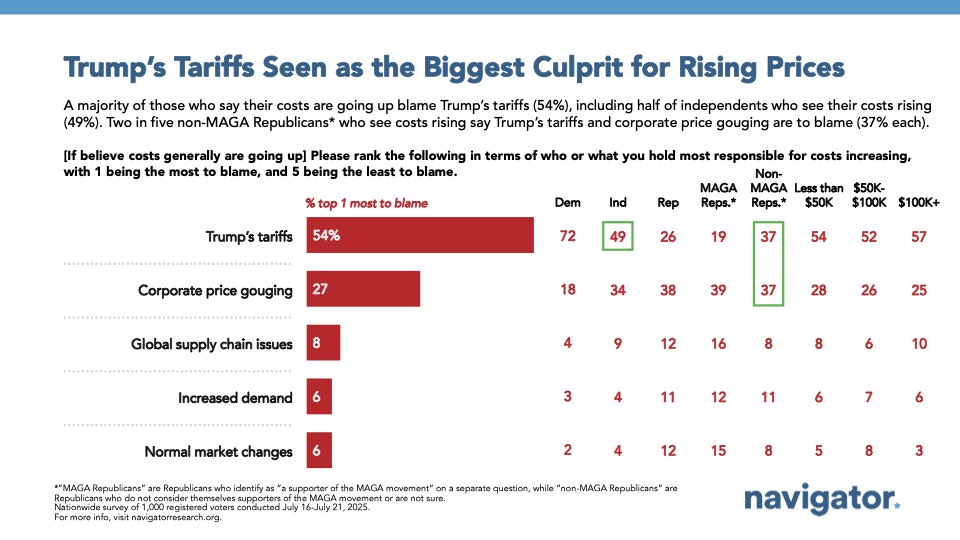
About The Study
Global Strategy Group conducted a public opinion survey among a sample of 1,000 registered voters from July 16-July 21, 2025. 100 additional interviews were conducted among Hispanic voters. 100 additional interviews were conducted among African American voters. 100 additional interviews were conducted among younger voters between ages 18 and 27. 100 additional interviews were conducted among independent voters. The survey was conducted online, recruiting respondents from an opt-in online panel vendor. Respondents were verified against a voter file and special care was taken to ensure the demographic composition of our sample matched that of the national registered voter population across a variety of demographic variables. The margin of error for the full sample at the 95 percent level of confidence is +/- 3.1 percentage points. The margin of error for subgroups varies and is higher.

